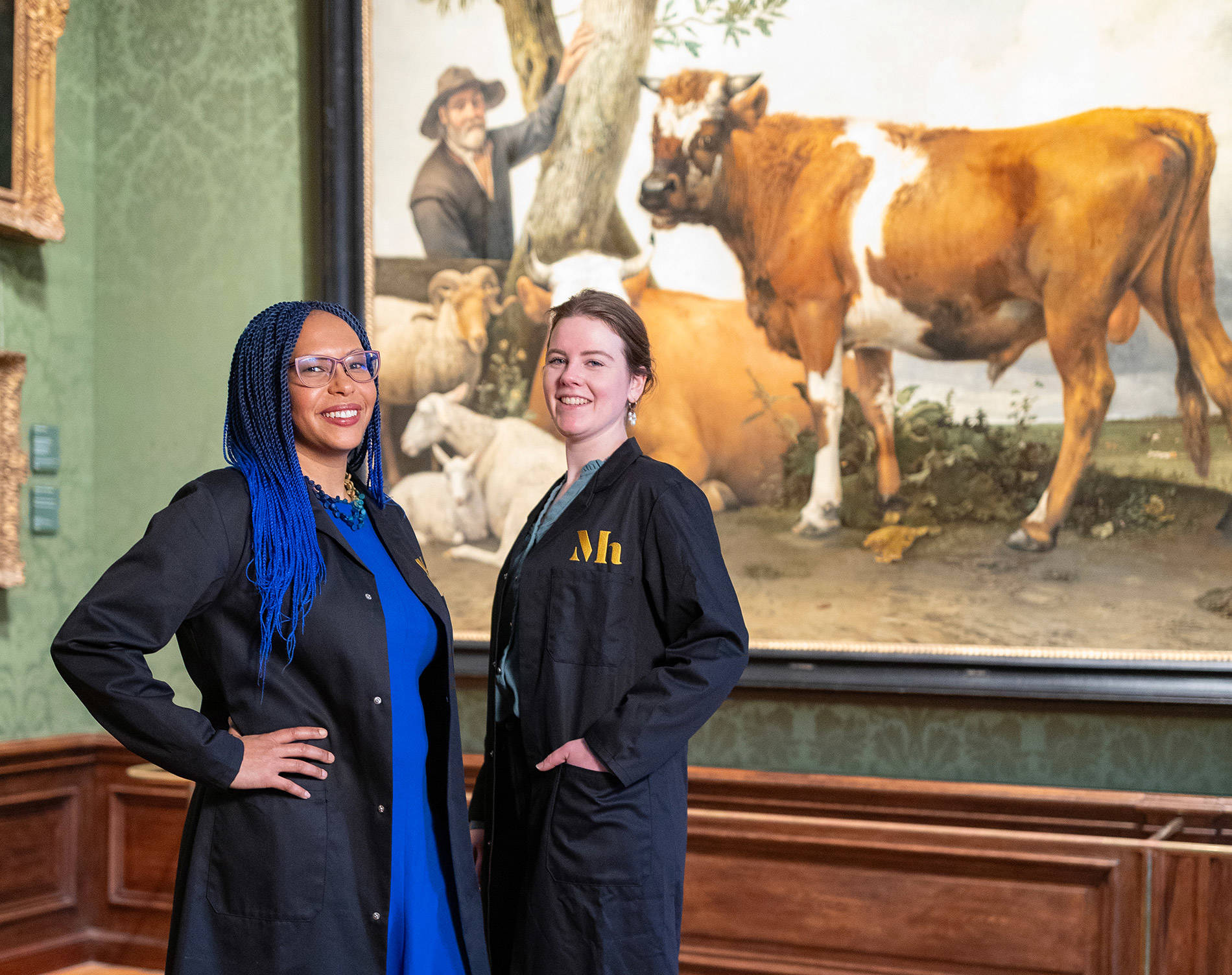
From 29 March, museum visitors will be able to follow the examination and restoration of Potter’s The Bull live. This huge painting (the largest in the Mauritshuis collection!) was last restored 50 years ago. Since then, there have been significant advances in conservation, restoration and research techniques. Over the course of eighteen months, this project aims to learn more about Paulus Potter’s painting techniques and working methods.
This restoration treatment will help to preserve The Bull for future generations. The examination and restoration are being funded by Dutch family-run company Lely, a bequest by Mrs. A.D. Bonebakker-van Enter, an anonymous donor, the Debman Foundation and Stichting Retourschip.


